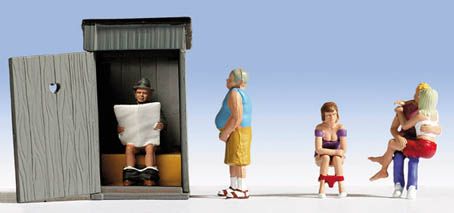So, despite the fact the festival was way out in the sticks, I booked up for HRH Prog 2 at Hafon Y Mor near Pwllheli in March. It’s a six-hour train journey, but being a rail enthusiast I always treat the journey as part of the holiday when going away.
Then disaster stuck. First, construction work on Pont Brewit near Penrhyndeudraeth‎ damaged the bridge, with initial suggestions that the line would be closed for at least a year until the new bridge was complete, and rail replacement buses from Harlech.
Then the storms at the beginning of January damaged the line in multiple places, and from the extent of the damage to the sea wall it’s quite possible it will take several months to repair. Replacement buses are now in place from Machynlleth.
Unfortunately it’s impossible to find the timimgs of these replacement buses online. The National Rail Enquiries website shows trains running through to Penychain (the neareast stop to Hafan-y-Mor) with no mention of bus replacements by March. Ask it about the same journey for next week, and you get train to Harlech and bus from there (total journey time from Reading just over seven hours). Given that parts of the line will certainly be closed for at least a week, it’s difficult to escape the conclusion that National Rail Enquiries is lying to me.
Alternative travel plans are not looking good either. The even organisers have arranged a shuttle bus to Bangor on Thursday and Sunday, but unfortunately weekend engineering work with multiple rail replacement buses turns any attempt to travel home via that route on Sunday into a nightmare. I’d advise the organisers of HRH Prog to schedule next year’s festival for Saturday and Sunday rather than Friday and Saturday to avoid a repetition.
And travelling the whole way by coach is a complete non-starter; National Express quotes an eleven-hour journey, and no gig is worth enduring eleven hours on board a coach.
At the moment the only advice I’m getting is “check your journey details closer to the time”, which isn’t really satisfactory.








 This is just… wrong.
This is just… wrong. 

